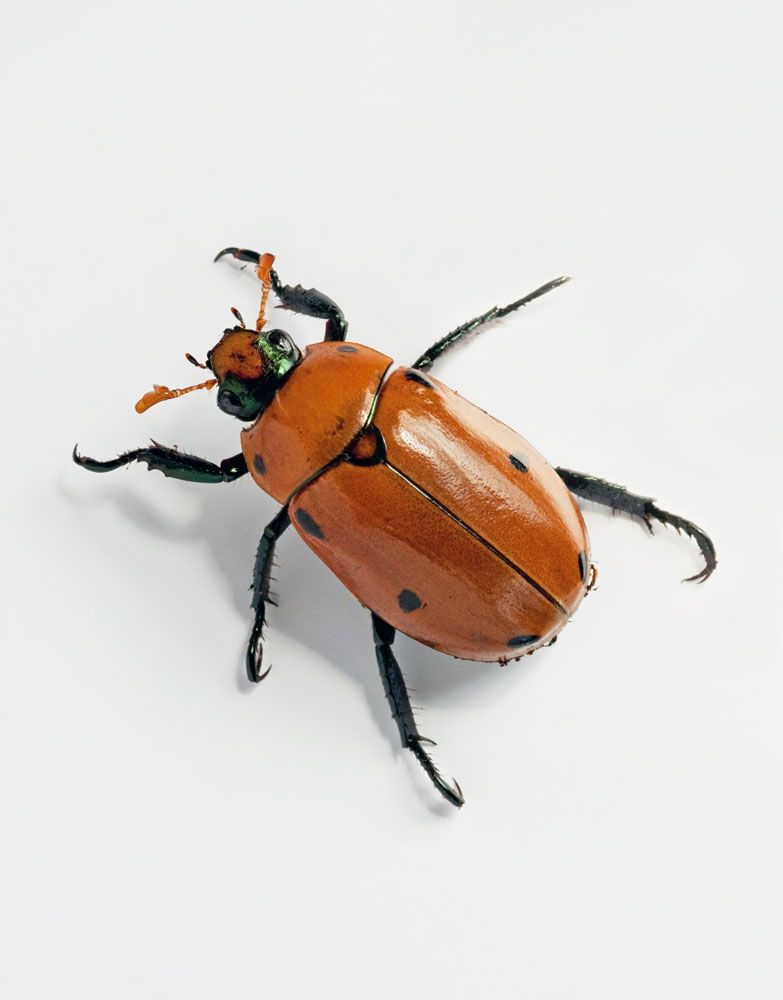
Southern Maskerd Chafer – Cyclocephala lurida
Southern Maskerd Chafer (Cyclocephala lurida)
Common Name: Southern Maskerd Chafer
Latin Name: Cyclocephala lurida
Appearance:
Eggs:
Eggs are 1.7mm and 1.3mm in width and have a pearl white color.
Larva/Nymph:
Larvas are creamy-white c-shaped bodies with six jointed legs. The head is chestnut-brown with a darker spot on the upper side where it attaches to the thorax, and the anal slit is diagonal and curved.
Adults:
The adults are 3/4 inch (19 mm) bug that is evenly yellowish-brown in color. The larva is a pest of grassroots and can form large populations at times. The adult is extremely attracted to UV light, where it may be captured in great numbers.
Host plant:
Grubs eat the roots of pasture grasses and turfgrasses.
Territory:
Southern Maskerd Chafer is native to the southeastern United States.
Damages caused by Southern Maskerd Chafer:
Adults do not feed and are consequently not pests. Larvae devour grass roots, causing significant turfgrass damage, particularly in late summer and fall when they reach the second and third instars. Masked chafer grubs normally do less harm in the spring because the grass is more tolerant of their feeding activities due to the colder and moister circumstances. Damaged grass may be readily removed in huge chunks. Grubs eat the roots of pasture grasses and turfgrasses. In addition to grassroots, southern masked chafer grubs consume organic materials.
Life history and habits:
Female chafer beetles produce a pheromone, a volatile chemical that attracts males. Mating occurs when a male locates a female, and the female burrows back into the dirt. Every year, there is a single generation, with adults only active for a few weeks. Mated females lay their eggs underground, and larvae feed on grass roots until they pupate in late spring. During the breeding season, unmated females and all males retreat underground by 11 p.m.; if they are on the soil’s surface, adult males may attempt to mate with them. Adult males and larvae seldom interact since the larvae remain underground and have generally pupated before the adults emerge. Milky spore (Paenibacillus popilliae), a soil bacterium, causes developmental delays in larvae, and it was these affected larvae that researchers chance to encounter above ground. The capacity to emit pheromones, which is now present in larvae of both sexes, is assumed to be preserved in an adult female but lost in an adult male.
